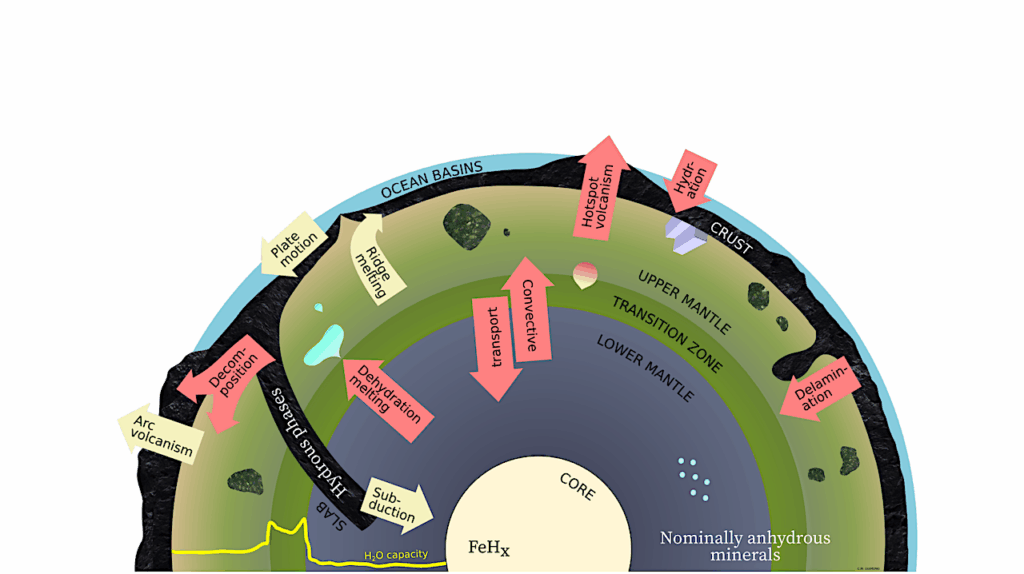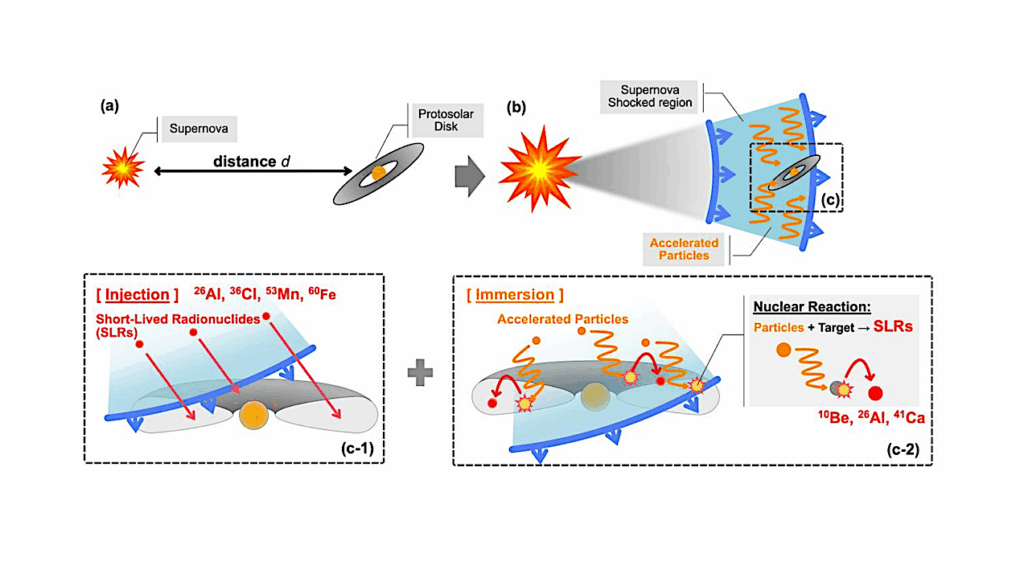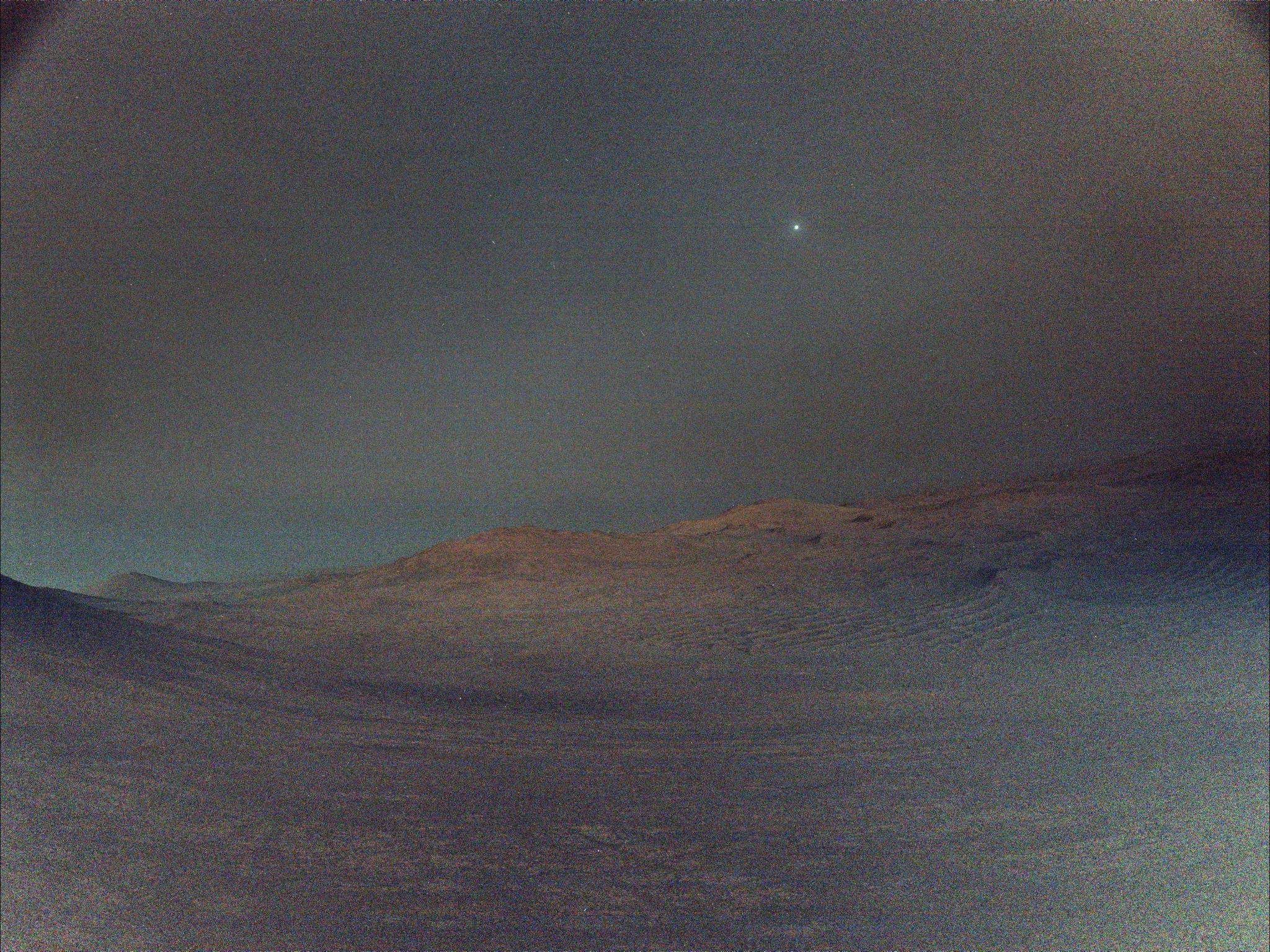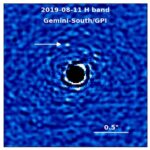Now Reading: Exoplanet Atmospheres At High Spectral Resolution
-
01
Exoplanet Atmospheres At High Spectral Resolution
Exoplanet Atmospheres At High Spectral Resolution


Overview of the chemical elements detected in the transmission spectra of Ultra-Hot Jupiters (UHJ). Planets are ordered by decreasing equilibrium temperature. WASP-33 b is a more challenging target due to the presence of significant stellar pulsations. References: Borsa et al. (2021); Borsato et al. (2023); Hoeijmakers et al. (2018a, 2019, 2020, 2022); Yan & Henning (2018); Cauley et al. (2021); Yan et al. (2019); Prinoth et al. (2024); Prinoth et al. (2023); Stangret et al. (2020, 2022);Bello-Arufe et al. (2022, 2023); Azevedo Silva et al. (2022); Ben-Yami et al. (2020); Merritt et al. (2021); Maguire et al. (2023); Gandhi et al. (2023b); Jiang et al. (2023); Zhang et al. (2022); Casasayas-Barris et al. (2019); Fossati et al. (2023); Nugroho et al. (2020b); Ehrenreich et al. (2020); Tabernero et al. (2021); Deibert et al. (2021); Pelletier et al. (2023). — astro-ph.EP
High-resolution spectroscopy (HRS) has grown into one of the main techniques to characterise the atmospheres of extrasolar planets. High spectral resolving power allows for the efficient removal of telluric and host-star contamination.
Combined with the large collecting area of ground-based telescopes it enables detailed studies of atmospheric species, temperature structure, atmospheric loss, and global winds and circulation patterns. In this review, the wide range of HRS observation and data-analysis techniques are described and literature results discussed. Key findings include:
- The highest irradiated planets show a rich spectrum of atomic and ionic species, just like stars.
- Retrieval analyses of Hot Jupiters and directly imaged Super- Jupiters point to Solar metallicities and chemistry, but observed samples are still heterogeneous and incomplete.
- There appears to be a clear dichotomy between Hot Jupiters with and without atmospheric inversions, depending on their equilibrium temperature.
- Some highly irradiated planets exhibit enormous leading and/or trailing tails of helium gas, providing unique insights into planet evolution and atmospheric escape processes.
- Minor isotopes of carbon and oxygen are now being detected in gas giant planets and brown dwarfs with the interesting potential to shed light on formation pathways.
A list of potential pitfalls is provided for those new to the field, and synergies with JWST are discussed. HRS has a great future ahead with the advent of the extremely large telescopes, promising to bring temperate rocky exoplanets into view with their increase in HRS detection speed of up to three orders of magnitude.

Diagram showing the range of methods employed to probe exoplanet atmosphere using
high-resolution spectroscopy. The specific atmospheric properties that can be studied are
indicated per wavelength regime. Dotted lines indicate future possibilities (c.f. Perryman 2000). — astro-ph.EP
Ignas Snellen
Comments: To appear in Annual Reviews of Astronomy & Astrophysics
Subjects: Earth and Planetary Astrophysics (astro-ph.EP)
Cite as: arXiv:2505.08926 [astro-ph.EP] (or arXiv:2505.08926v1 [astro-ph.EP] for this version)
https://doi.org/10.48550/arXiv.2505.08926
Focus to learn more
Submission history
From: Ignas Snellen
[v1] Tue, 13 May 2025 19:50:47 UTC (7,358 KB)
https://arxiv.org/abs/2505.08926
Astrobiology,
Stay Informed With the Latest & Most Important News
Previous Post
Next Post
-
 012024 in Review: Highlights from NASA in Silicon Valley
012024 in Review: Highlights from NASA in Silicon Valley -
 02Panasonic Leica Summilux DG 15mm f/1.7 ASPH review
02Panasonic Leica Summilux DG 15mm f/1.7 ASPH review -
 03From Polymerization-Enabled Folding and Assembly to Chemical Evolution: Key Processes for Emergence of Functional Polymers in the Origin of Life
03From Polymerization-Enabled Folding and Assembly to Chemical Evolution: Key Processes for Emergence of Functional Polymers in the Origin of Life -
 04How New NASA, India Earth Satellite NISAR Will See Earth
04How New NASA, India Earth Satellite NISAR Will See Earth -
 05And Thus Begins A New Year For Life On Earth
05And Thus Begins A New Year For Life On Earth -
 06Astronomy Activation Ambassadors: A New Era
06Astronomy Activation Ambassadors: A New Era -
07SpaceX launch surge helps set new global launch record in 2024





















